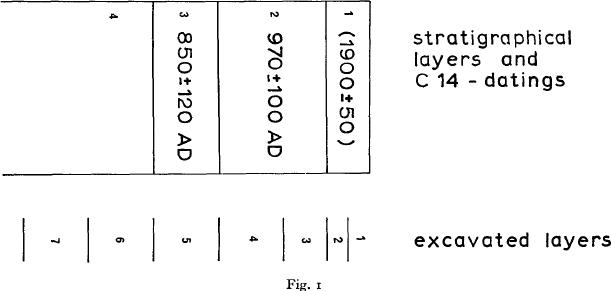Crossref Citations
This article has been cited by the following publications. This list is generated based on data provided by
Crossref.
Rowlett, Ralph M.
and
Robbins, Michael C.
1982.
Estimating original assemblage content to adjust for post‐depositional vertical artifact movement.
World Archaeology,
Vol. 14,
Issue. 1,
p.
73.
Schiffer, Michael B.
1983.
Toward the Identification of Formation Processes.
American Antiquity,
Vol. 48,
Issue. 4,
p.
675.
Gifford-Gonzalez, Diane P.
Damrosch, David B.
Damrosch, Debra R.
Pryor, John
and
Thunen, Robert L.
1985.
The Third Dimension in Site Structure: An Experiment in Trampling and Vertical Dispersal.
American Antiquity,
Vol. 50,
Issue. 4,
p.
803.
Hiscock, Peter
1990.
How old are the artefacts in Malakunanja II?.
Archaeology in Oceania,
Vol. 25,
Issue. 3,
p.
122.
Richardson, Norma
1992.
Conjoin sets and stratigraphic integrity in a sandstone shelter: Kenniff Cave (Queensland, Australia).
Antiquity,
Vol. 66,
Issue. 251,
p.
408.
McBrearty, Sally
Bishop, Laura
Plummer, Thomas
Dewar, Robert
and
Conard, Nicholas
1998.
Tools Underfoot: Human Trampling as an Agent of Lithic Artifact Edge Modification.
American Antiquity,
Vol. 63,
Issue. 1,
p.
108.
Araujo, Astolfo G. Mello
and
Marcelino, José Carlos
2003.
The role of armadillos in the movement of archaeological materials: An experimental approach.
Geoarchaeology,
Vol. 18,
Issue. 4,
p.
433.
Seitsonen, Oula
2006.
Archaeological research in the northern Lake Manyara Basin, Tanzania 2003–2004.
Azania: Archaeological Research in Africa,
Vol. 41,
Issue. 1,
p.
41.
